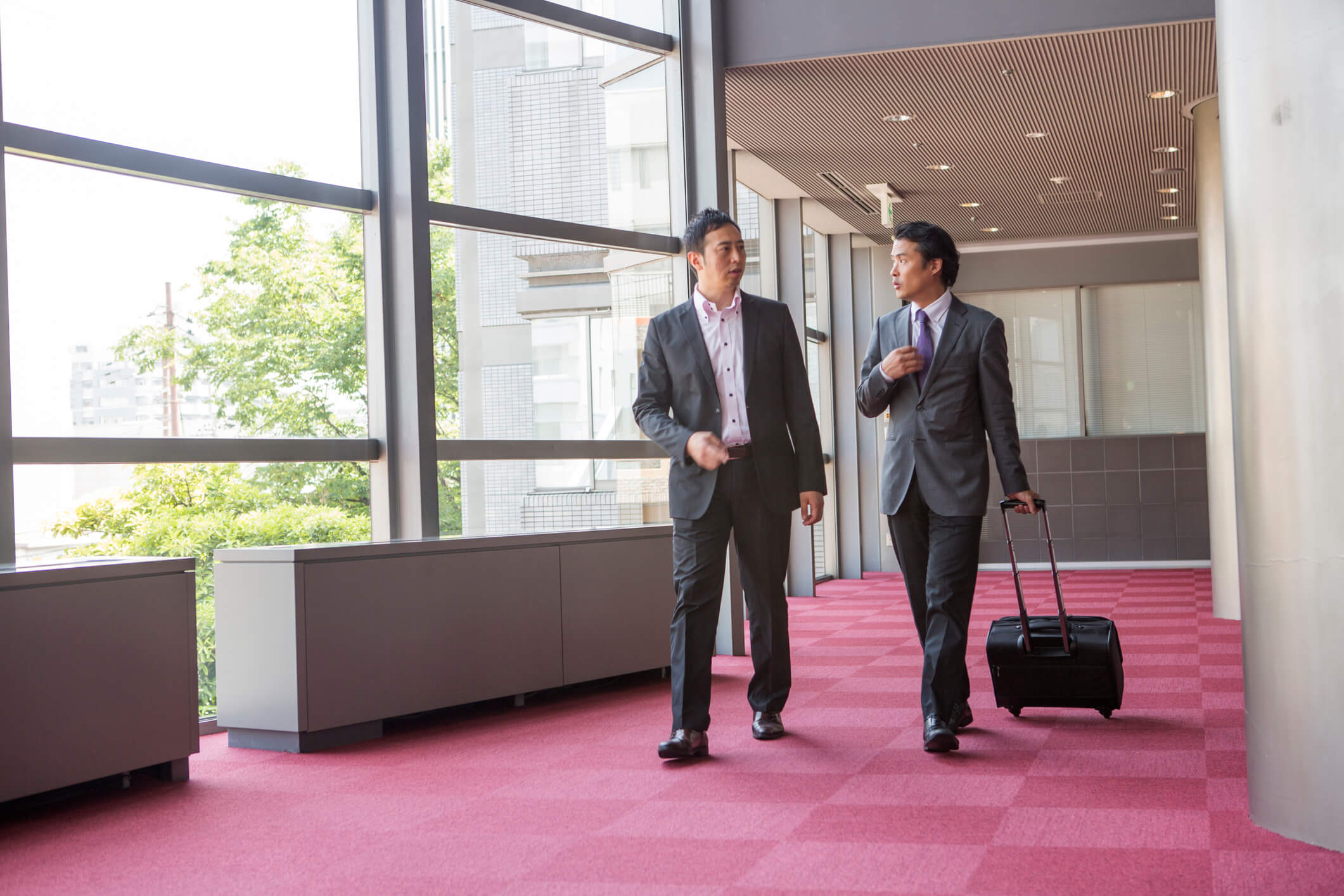
Last Updated: 15 Jul 2020 Hosting Japanese visitors at your office
I once attended a meeting at an American firm in the Midwest, where a Japanese potential client was visiting from Japan. Unfortunately I had not been given the opportunity to help the company prepare for the meeting, and had to watch helplessly as multiple rules of Japanese protocol were violated. The Japanese guests were kept waiting until the senior members of the team came to the meeting room. Business cards were tossed across the table casually. The meeting was a “working lunch” with assemble-your-own deli sandwiches, and big vats of potato salad and coleslaw – a menu that clearly mystified and repulsed the Japanese. The senior managers expressed open frustration with the translator, making everyone uncomfortable. Through all this I was cringing, and needless to say they did not make the sale.
Examples like these show how important it is to be prepared when a Japanese customer, supplier, or other guest is going to be visiting your office. Making a good impression is vital to the success of your work together. What do you do to avoid cultural gaffes and make the meeting a successful one? Here is a list of some key things to think about:
• Exchange business cards. At the start of the meeting, exchange business cards with each person. Standing opposite the person, offer your card with both hands. Then take his card and study it carefully. Don’t put it in your pocket!
• Talk to the big shot. Determine who is the most senior person (usually the oldest). Address your remarks to him, even though a lower ranking person from their group may be doing most of the talking.
• Start out with small talk. Japanese consider it pushy when westerners jump right into the business details. Take a few minutes to ask your guests about their trip and make other small talk. It will put them at ease, and help you to learn more about them.
• Slow down. Most Japanese who speak English aren’t comfortable with the rapid pace of native speakers’ conversation. Speaking more slowly and leaving out buzzwords, slang, and idioms will help them understand you better. But be careful not to raise your voice — talking louder doesn’t make you any easier to understand.
• Be organized. Provide a written agenda of the points you wish to discuss. Also give each guest a folder or notebook with as much information as possible on your firm and the products or services you are discussing. Due to the language barrier they may have difficulty absorbing everything in the meeting, so they will appreciate having written materials to study later.
• Break bread together. Taking your Japanese visitors to lunch or dinner is not only polite, it gives you a chance to talk with them in a more relaxed setting. This will promote the important getting-to-know-you process. Japanese favorites: Steakhouses, Italian, Chinese, Indian and of course Japanese. Avoid: Mexican, delis, anything heavy or fried.
.
Other articles you may be interested in:
EFFECTIVE MEETINGS WITH JAPANESE
SOCIALIZING IN JAPAN – HANDLING COMMON TRICKY AREAS
GIFTS, FAVORS AND OBLIGATIONS IN JAPANESE BUSINESS CULTURE
Related articles
22. Dare to be Barefoot【Column: Leap Before You Look】
One thing I never 屈服する (gave in to) while living here in the US for many years is to wear shoes insi
The culture component and why it matters in management
Let me start with what might at first appear to be a personal story unrelated to cross-cultural mana
The “san” thing – more about psychological distance than hierarchy
Former Japanese national football (or soccer if you prefer) team member Honda Keisuke used the honor




